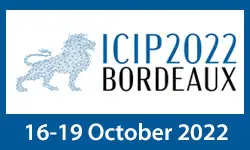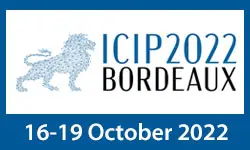D-CBRS: Accounting For intra-Class Diversity in Continual Learning
Yasin Findik, Farhad Pourkamali-Anaraki
-
Members: FreeSPS
IEEE Members: $11.00
Non-members: $15.00Length: 00:14:26
07 Oct 2022
Attention-based models such as transformers have shown outstanding performance on dense prediction tasks, such as semantic segmentation, owing to their capability of capturing long-range dependency in an image. However, the benefit of transformers for monocular depth prediction has seldom been explored so far. This paper benchmarks various transformer-based models for the depth estimation task on an indoor NYUV2 dataset and an outdoor KITTI dataset. We propose a novel attention-based architecture, Depthformer for monocular depth estimation that uses multi-head self-attention to produce the multiscale feature maps, which are effectively combined by our proposed decoder network. We also propose a Transbins module that divides the depth range into bins whose center value is estimated adaptively per image. The final depth estimated is a linear combination of bin centers for each pixel. Transbins module takes advantage of the global receptive field using the transformer module in the encoding stage. Experimental results on NYUV2 and KITTI depth estimation benchmark demonstrate that our proposed method improves the state-of-the-art by 3.3\%, and 3.3\% respectively in terms of Root Mean Squared Error (RMSE).



